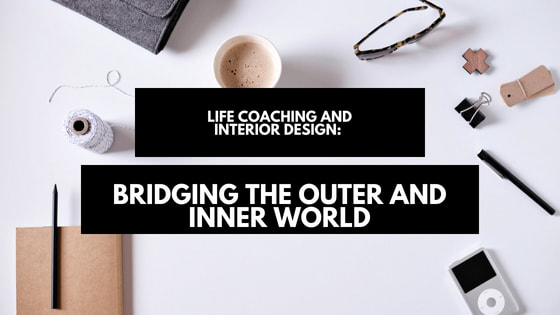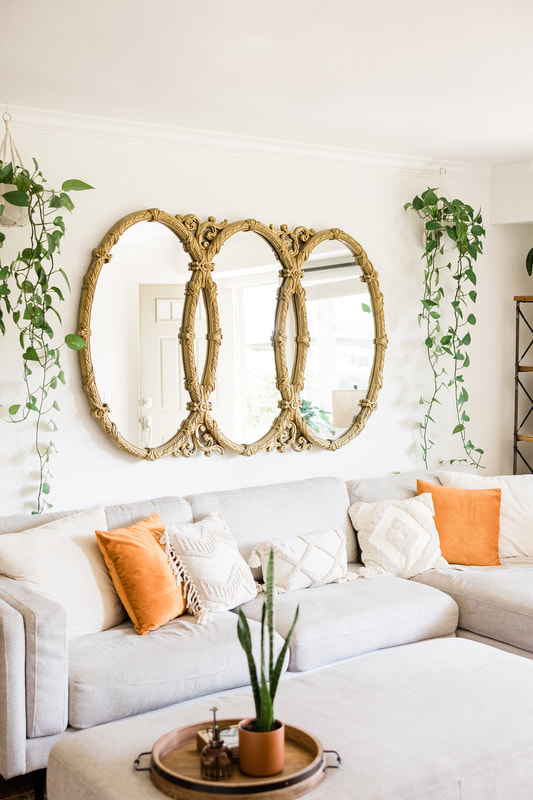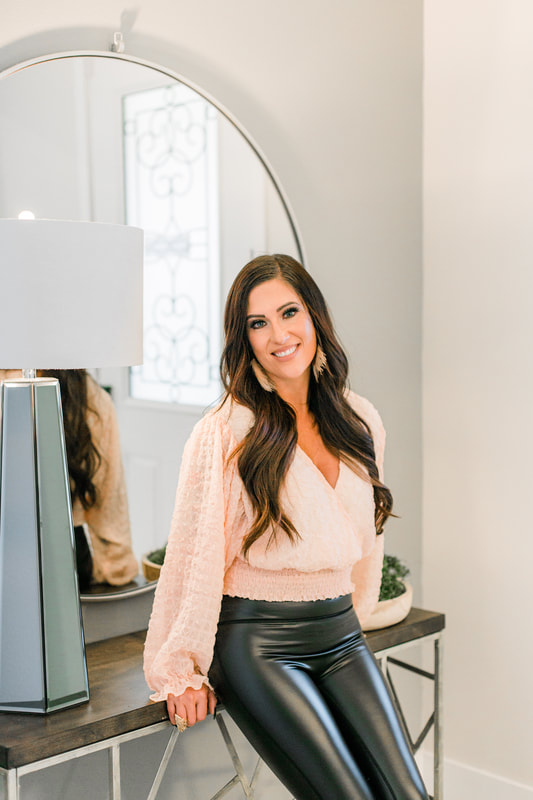|
The spaces where we spend our time whether at work or at home are very much a reflection of who we are. The environment we are in is a reflection of possibilities and limitations. Our home’s interior space has a big impact on how we perceive ourselves, moods, self-esteem, and confidence. Some people will eagerly welcome visitors even in their humble abodes, while others are not too enthusiastic about receiving visitors.
Your home’s interior space is an extension of your personal space. It tells a lot of who you are and who you are becoming. By creating an authentic space, you discover your authentic persona and allow it to emerge and be expressed in the different colors and themes of your home’s décor. Treating your space is treating yourself You can change your self-perception by changing your home’s interior space. This could be something as simple as re-arranging the furniture or the wall art. You can breathe new life into your home’s interior space and shift your outlook as well by changing the way it looks. You break out of the box that you think defines you. If your home’s interior space receives a change so do you. By making changes in your space you are re-envisioning and re-positioning. When do you require to use life coaching principles in interior design? • When moving into a new home for any reason; up/downsizing or moving in with someone else • When passing through major life phases that is emotional • When you don’t know what to decorate with, suffering decorating paralysis • When you need a new look from your existing home items • When decluttering and clearing away old but emotionally attached items • When staging the home for renting or selling Interior designing from the inside out. The way you plan your spaces has a big impact on your choices and the direction your life takes. Consciously or unconsciously your interior designing supports or hampers your goals in ways you may not recognize. The state of your environment supports you psychologically. You may want to cook but find the kitchen in disarray. The first instinct is to tidy up the kitchen, which then ends up taking longer than you would have liked. Or trying to make some space for your intended morning yoga classes but find that the humongous dining table takes all space. How well do you like spending time alone in your house? Does it feel warm, bright and inviting you to lie down and take a nap? Or does it feel gloomy and dark pushing you to spend more time outside? Does your bedroom feel comfortable enough to sleep through the whole Sunday, or do you get out at the first light? The interior space of your house has marked effect on your emotions and thoughts. Changing your home’s interior space can begin to change your overall well-being. You shift space on the outside which then starts influencing change within. Design psychology explains how personal space impacts our lives. Does your space serve you like you would want? How do you feel when you get into your kitchen or bathroom? Paying attention to these feelings helps to understand the different psychology involved in interior design. Designing to support goals Our physical space plays a big part in supporting our goals. This happens unconsciously as we go about trying to achieve these goals. Maybe the goal is to write 5,000 words in a week as a home-based writer. If your home is bright airy and quiet, it creates the atmosphere for creativity and helps you write better. If the place is dimly lit, cluttered and noisy, you will not have a good atmosphere for writing. You can get support in different goals by trying some design goals: Goal – Eat healthy The kitchen is where your food comes from. Rearranging the kitchen for faster cooking encourages you to cook more, and rely less on take away food. Organized cabinets and drawers make it easier to prepare home-cooked meals. Goal – Sleep better Do you often have to move stuff off your bed to go to sleep? Is your lighting too bright for sleep? Changing the bedroom’s atmosphere is the best antidote to poor sleep. Declutter, install dimming lights and burn essential oils. It also involves ridding the bedroom of stressors, for example, unpaid bills, disruptive electronics, and unwashed laundry. Goal – Better time management A better organization at home is part of ensuring energy efficiency. If the home is in disarray it becomes difficult to organize thoughts and tasks, making poor time management. Design changes that would improve efficiency would be, for example, installing an umbrella and key rack to spend less time looking for these items or installing a corner office desk to work in early mornings instead of working from the bed. Goal –Better self-care You have to love yourself so that you can make the effort to take better care of your wellbeing. Starting by making the space around you fun makes you feel good and in turn motivates you to make the necessary changes for a better lifestyle. Get rid of the old sofa to make room for a meditation space, install LED lights to change the color scheme at different times of the day, and place some motivational plaques over the door to motivate you at the start of the day. There are a variety of design changes that can help you feel motivated in all aspects of life including keeping fit. Interior designing is very much complementary to the principles of life coaching. Whatever is in your environment impacts you.
0 Comments
|
Designer, Life Coach, + Realtor - Candance Toscano"You can design the life of your dreams and acquire that luxurious, fulfilled and empowered lifestyle you know you have always wanted." Archives
March 2024
Categories
All
|
Contact Us or visit our boutique
813.539.2085
819 Court Street
Clearwater, FL 33756
Subscribe
Join our mailing list today!
Copyright 2022



 RSS Feed
RSS Feed